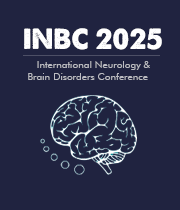Title : Implanting sinoatrial node-like pacemaker cells into the substantia nigra of the brain as a novel therapeutic approach for parkinson’s disease
Abstract:
Parkinson’s disease (PD) is one of the most common diseases of the central nervous system. This disease stems from damage to the dopaminergic neurons in the substantia nigra (SN). Patients with PD experience a spectrum of motor and non-motor symptoms. Common motor symptoms comprise bradykinesia, stiffness, and resting tremors. Alongside these primary motor symptoms, patients often deal with non-motor issues such as depression, anxiety, and cognitive impairment. For years, drugs such as L-Dopa and other medications have been used to alleviate the symptoms of this disease. However, prolonged use of these medications may lead to serious health complications such as impulsive and compulsive behaviors, hallucinations or delusions, and dyskinesia. Additionally, deep brain stimulation of the SN and stem cell therapy represent relatively novel and experimental treatment approaches for PD, each with its limitations. As an alternative approach, we propose the implantation of sinoatrial node-like pacemaker cells (SANLPCs) in the SN of the brain in PD patients. SANLPCs are engineered to generate continuous action potentials. Our hypothesis posits that implanting SANLPCs in the SN could result in sustained stimulation of the cells within the SN pars compacta, thereby potentially enhancing dopamine production. We anticipate that this innovative intervention may pave the way for more targeted and effective treatments for individuals afflicted with PD).



